Search Images
Browse Content (p. 1577)
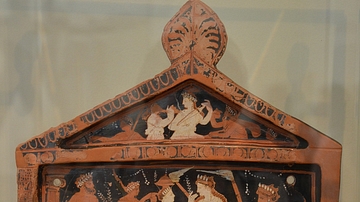
Image
Eleusinian Votive Plaque
Terracotta votive plaque dedicated by Ninnion to the two great goddesses of Eleusis (Demeter and Persephone). Middle of 4th century BCE. (Archaeological Museum of Athens, Greece)
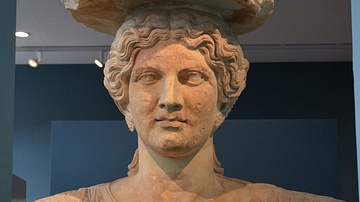
Image
Caryatid from Eleusis
The upper part of one of the caryatids that flanked the Lesser Propylaea of the sanctuary of Demeter and Kore at Eleusis. The caryatid was made in Attica in about 50 BCE. (Eleusis Museum, Greece)
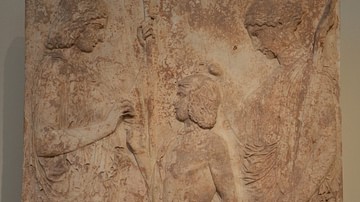
Image
Eleusinian votive relief
This is the largest and most important votive relief found at Eleusis. It represents the Eleusinian deities in a scene of mysterious rituel. On the left Demeter, clad in a peplos and holding a scepter in her left hand, offers ears of wheat...
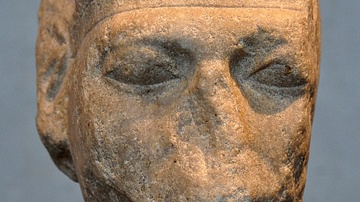
Image
Pharaoh Senusret III
Quartzite head of the Egyptian pharaoh Senusret III (aka Sesostris III) with aged features. Middle Kingdom, 12th Dynasty, 1850 BCE. (State Museum of Egyptian Art, Munich, Germany).

Image
Horus Statuette
In this silver statue, Horus wearing the double crown. Egypt, 27th Dynasty, circa 500 BCE. (State Museum of Egyptian Art, Munich, Germany).
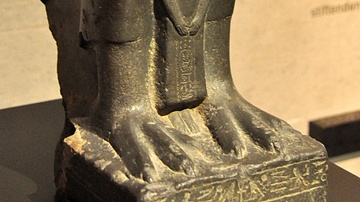
Image
Horus & Nectanebo II
In this greywacke statue, the god Horus (depicted as a falcon; head is lost) protects the praying figure of Nectanebo II. From Memphis, Egypt. 30th Dynasty, circa 350 BCE. (State Museum of Egyptian Art, Munich, Germany).
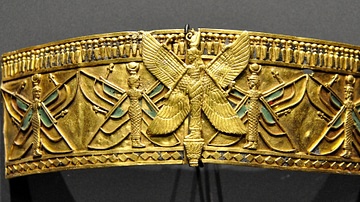
Image
Nubian Armlet
Gold armlet with a figure of a winged goddess. From the treasure of the Nubian queen Amanishakheto, pyramid N6, Meroe, modern-day northern Sudan. Meroitic period, around 1 CE. (State Museum of Egyptian Art, Munich, Germany).
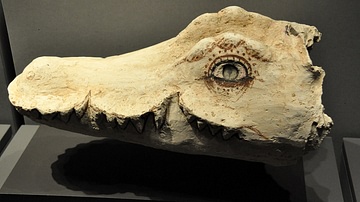
Image
Crocodile Mummy Mask
Mummy mask for a crocodile with traces of mummy wrapping inside. Stucco, linen, and glass. From modern-day Egypt. Roman period, 1st and 2nd centuries CE. (State Museum of Egyptian Art, Munich, Germany).
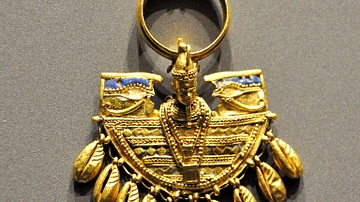
Image
God Sebiumeker Gold Shield
Gold shield with the head of god Sebiumeker. From the treasure of the Nubian queen Amanishakheto, pyramid N6, Meroe, modern-day northern Sudan. Meroitic period, around 1 CE. (State Museum of Egyptian Art, Munich, Germany).
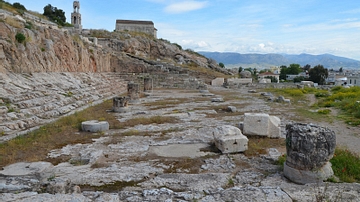
Image
The Telesterion, Eleusis
The Telesterion was a large rectangular hall, probably columned, in the Sanctuary of Demeter and Kore at Eleusis (Greece). It served as the initiation Hall and Temple for the Eleusinian Mysteries. Date of construction: c. 435 BCE - 421 BCE